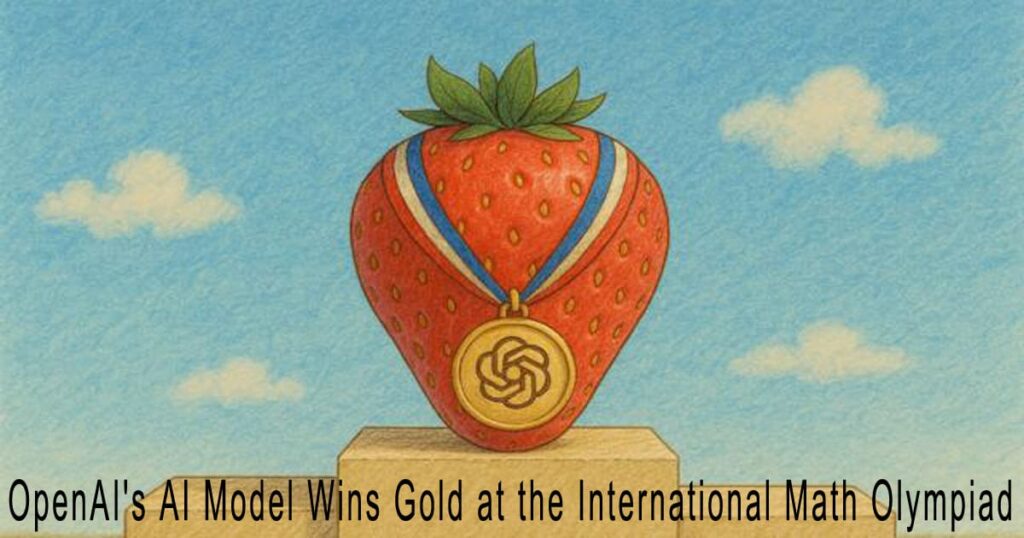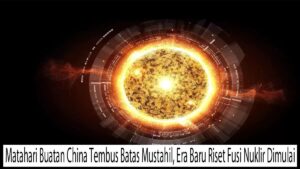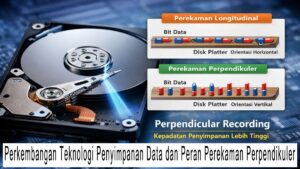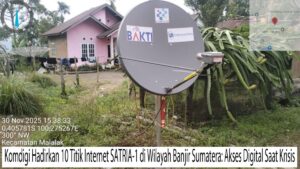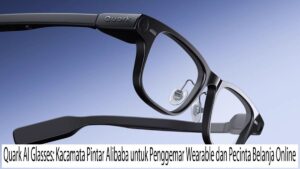OpenAI’s AI Model Wins Gold at the International Math Olympiad – OpenAI just made history again. And no, it’s not through ChatGPT or DALL·E this time—it’s thanks to an experimental AI model that clinched a gold medal at the International Mathematical Olympiad (IMO). This achievement is more than just a flashy headline—it opens up a major conversation about AI’s potential in solving high-level cognitive challenges. https://unionmakersrd.org
But hold up. What exactly did this model do? Why is this gold medal such a big deal? And does this mean AI is ready to outsmart the world’s math geniuses?
Let’s break it all down.
OpenAI’s AI Model Wins Gold at the International Math Olympiad:
What Kind of AI Model Did OpenAI Use?
The model is an experimental one based on a Large Language Model (LLM)—similar to GPT-4—but specially trained to tackle high-level math problems like those found in international math competitions.
Here’s the twist: it wasn’t just trained using traditional supervised learning. OpenAI used reinforcement learning so the model could learn how to solve problems from scratch—just like a human would.
Instead of memorizing formulas, it learned how to build its own problem-solving strategies through symbolic reasoning. Think of it as a cousin of AlphaGeometry, the AI that previously wowed people with its geometric problem-solving skills.
According to OpenAI’s team, the model didn’t just regurgitate steps—it actually learned to “think.”
What Was the Test Like?
The AI went through a mock IMO test that followed the real rules:
- Two test sessions, each 4.5 hours long
- No internet or outside help
- Six original IMO-level math problems
- Answers scored by a panel of former IMO gold medalists
The result? A score of 34 out of 42—good enough for a gold medal, outperforming about 90% of last year’s human competitors. This wasn’t just a fun experiment—it was a serious test crafted by real math experts.
Why Is This a Big Deal?
The IMO isn’t about crunching numbers. It tests:
- Deep abstract logical reasoning
- Complex geometry understanding
- Creative problem-solving approaches
So if an AI can perform at this level, we’re talking about a major breakthrough in symbolic reasoning, not just a smarter calculator. It could impact:
- Pure and Applied Mathematics Research
- Theoretical Physics Modeling
- Design of new AI systems that require structural problem solving
Is This Replacing Humans?
Not quite. Despite the startling results, scientists including well-known AI sceptic Gary Marcus warn that:
- The model still struggles to internally verify logical accuracy
- Its answers can sound correct but be mathematically flawed
- The training costs are extremely high and not practical (yet)
So, it’s less about replacing mathematicians, and more about exploring how humans and machines can team up to tackle big challenges.
How Was It Trained?
Here’s a quick rundown of the training process:
- Fine-tuning a GPT-style model with IMO problems and step-by-step human solutions
- Introducing a reinforcement learning loop—trial and error, just like students do
- Rewarding steps that move toward correct solutions, not just final answers
- Using mathematical “reward functions” to guide learning
In short, the model wasn’t just told the right answers—it learned through failing, exploring, and adjusting. Like an infinitely patient personal math coach, essentially.
What This Means for Education and AI
In the education world, this could inspire new tools to help gifted students in STEM fields. Imagine:
- AI tutors for olympiad-level problem solving
- AI-powered exploratory math platforms
- Autonomous grading or feedback tools for advanced learners
But this also raises important questions:
- Should AI be allowed in academic competitions?
- How transparent should the training data and models be?
- How do we prepare educators to teach alongside intelligent systems?
Final Thoughts
Although this is a remarkable milestone, it is not the end. If anything, it’s the starting point for a new kind of collaboration between humans and AI in the intellectual space.
We’re not handing over the world of mathematics to machines. But we are stepping into a future where machine learning can help us push the boundaries of logic, creativity, and discovery.
Instead of viewing this as a danger, let’s view it as an exciting new collaboration.

